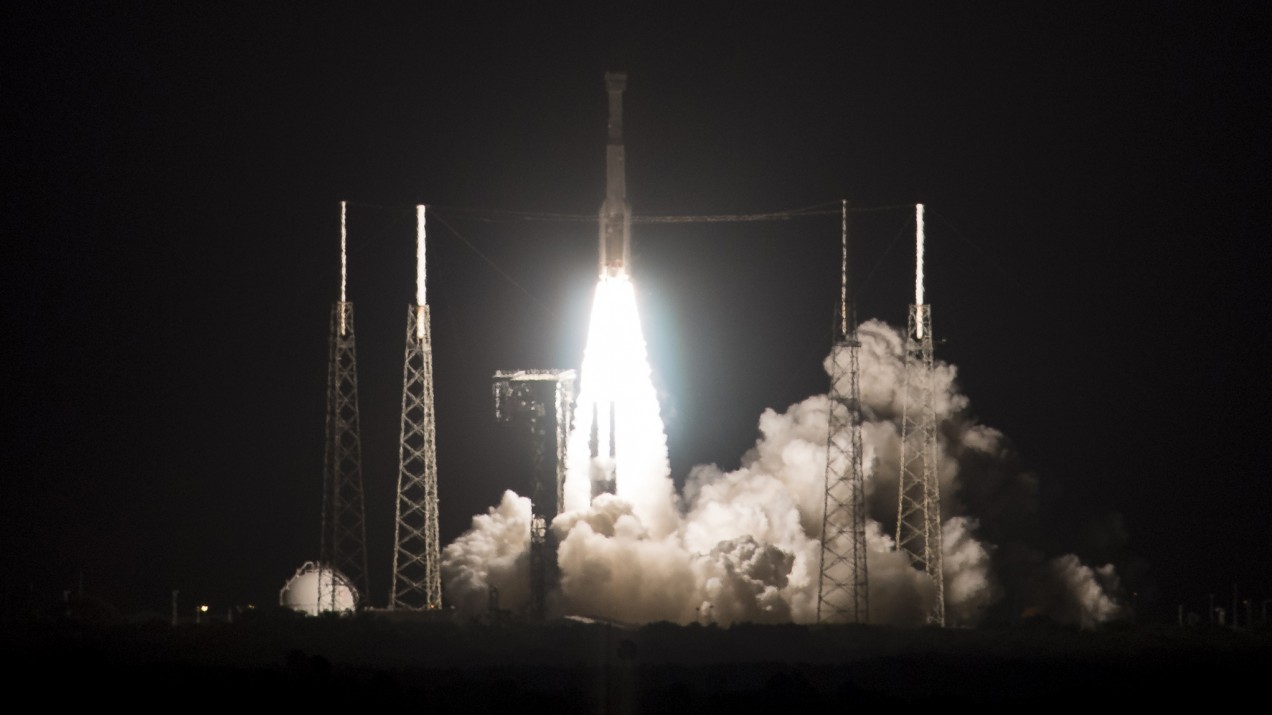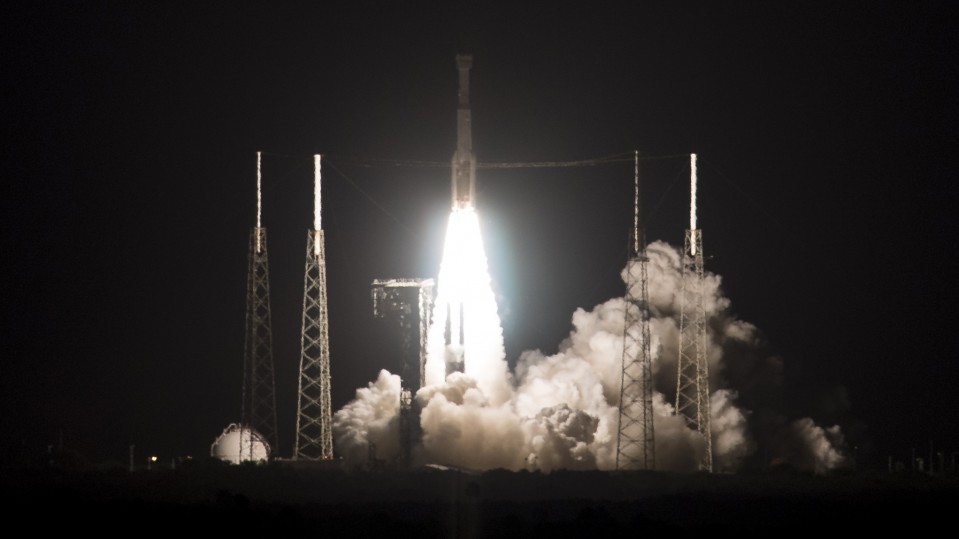

Space / Space Exploration
Boeing has just launched its Starliner crew spacecraft for the first time
If all goes well, NASA could have two brand-new options for sending astronauts to the International Space Station.

(Update: Starliner successfully launched at 6:36 am US Eastern time this morning. The article has been updated.)
After nearly a decade under development, Boeing’s CST-100 Starliner spacecraft has finally flown into space. This morning, an Atlas V rocket carried Starliner into orbit from Cape Canaveral Air Force Station in Florida. If everything goes to plan, it will dock with the International Space Station on Saturday, detach from the space station a week later, and land back on Earth during the predawn hours of December 28.
This mission, though uncrewed, will be a huge milestone for NASA’s Commercial Crew Program, and an important step toward the resumption of human spaceflight launches from US soil. “This time when we go, we’re going to go with commercial partners,” NASA administrator Jim Bridenstine said Thursday from Kennedy Space Center. “NASA is not purchasing, owning, and operating the hardware. We’re buying a service––the goal being that NASA wants to be one customer of many customers in a very robust commercial marketplace for human spaceflight in the future.”
Since the space shuttle program ended in 2011, NASA has relied on Russian Soyuz launches to get its astronauts to and from the International Space Station—meaning there hasn’t been a launch of an American astronaut from American soil for eight years and counting.
The delays forced NASA to purchase more seats on Soyuz launches (at a time when Russian-American relations are strained), which at one point cost a whopping $82 million per seat.
Instead of building a brand-new spaceflight system for missions to low Earth orbit, NASA decided to contract Boeing and SpaceX to develop new crew vehicles (Starliner and Crew Dragon, respectively) that could meet those needs. Both companies and NASA originally expected to be ready to fly humans by 2017. Neither will launch a crewed mission with human passengers until next year. (SpaceX flew Crew Dragon to the ISS last March but will test its in-flight abort system on January 11 before attempting to plan a mission with astronauts. Boeing is forgoing an in-flight abort test, since NASA made this step optional.)
Friday’s mission to the ISS is the last checkmark before Boeing can fly astronauts into space. The mission will take about 600 pounds of supplies to the space station, but it is primarily focused on testing out Starliner’s flight systems––including its separation from the launch rocket, its rendezvous and dock with the ISS, its reentry into Earth’s atmosphere, and its landing.
The capsule will also carry a test dummy affectionately named Rosie (after Rosie the Riveter, the American World War II symbol), outfitted with accelerometers and other sensors to test whether the capsule can protect passenger bodies inside from the gravity loads experienced during spaceflight. The rest of the spacecraft is also equipped with other sensors that will make sure life support systems like temperature and air pressure controls function properly.
“We consider this a dress rehearsal for [the crewed flight test],” Pat Forrester, the astronaut office chief at Johnson Space Center, told reporters Tuesday. For all intents and purposes, nearly everything will function as if humans were flying into space, save for the emergency oxygen supply.
Once the capsule lands on Earth (ideally without any parachute malfunctions this time), Boeing will spend a couple of weeks evaluating all the flight data. “There will undoubtedly be some unexpected results,” Phil McAlister, NASA’s director of commercial spaceflight, told reporters last week.
If there are no significant problems, we should see NASA and Boeing schedule an actual crewed test flight for perhaps the middle of next year, to take NASA astronauts Nicole Mann and Michael Fincke and Boeing astronaut Christopher Ferguson to the ISS.
Boeing is eager, however, to expand Starliner’s services beyond NASA. The company wants to launch a training program that can prepare private pilots, commanders, mission specialists, and potentially even tourists for travel into low Earth orbit.
“We want to drive down costs, increase innovation, and increase access to space in a way that we’ve never seen before,” says Bridenstine. “And this test flight tomorrow by the Boeing Starliner is the next step in this mighty vision.”
Boeing must first get through this upcoming mission safely. You can watch the launch Friday morning via NASA TV. If the launch is scrubbed, Boeing will try again on Saturday.